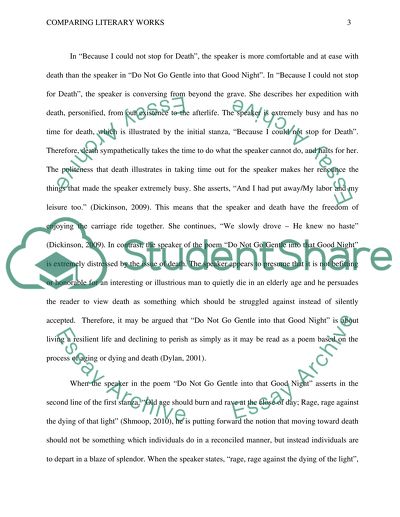Cite this document
(“Comapring Literary Works- Research Paper Example | Topics and Well Written Essays - 1500 words”, n.d.)
Comapring Literary Works- Research Paper Example | Topics and Well Written Essays - 1500 words. Retrieved from https://studentshare.org/literature/1479514-comapring-literary-works-
Comapring Literary Works- Research Paper Example | Topics and Well Written Essays - 1500 words. Retrieved from https://studentshare.org/literature/1479514-comapring-literary-works-
(Comapring Literary Works- Research Paper Example | Topics and Well Written Essays - 1500 Words)
Comapring Literary Works- Research Paper Example | Topics and Well Written Essays - 1500 Words. https://studentshare.org/literature/1479514-comapring-literary-works-.
Comapring Literary Works- Research Paper Example | Topics and Well Written Essays - 1500 Words. https://studentshare.org/literature/1479514-comapring-literary-works-.
“Comapring Literary Works- Research Paper Example | Topics and Well Written Essays - 1500 Words”, n.d. https://studentshare.org/literature/1479514-comapring-literary-works-.


